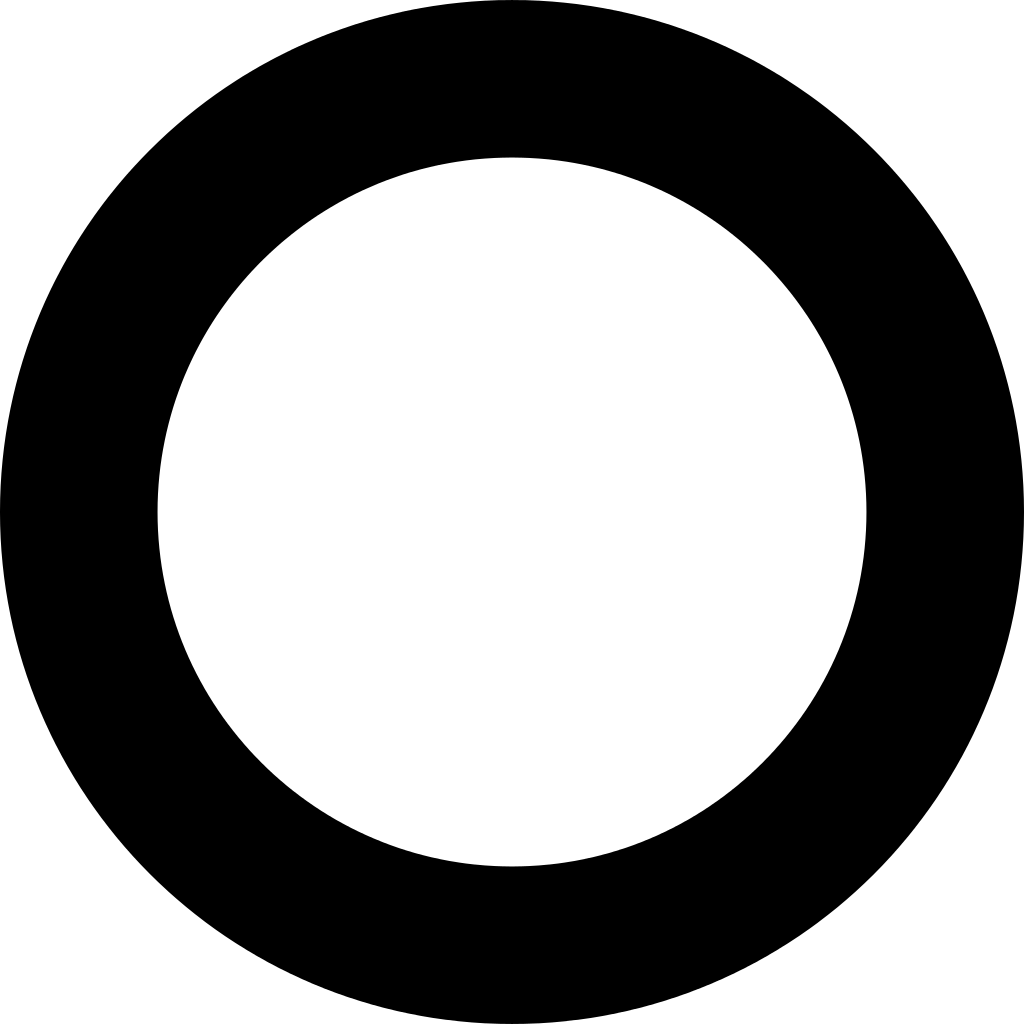Quantifying events and activities
In a degree semantics setting, comparative sentences express relations between degrees—formal objects representing extent along particular dimensions. Degrees and an ordering on them constitute 'scales', thought to be lexically specified by some adjectives (e.g., more intelligent) and adverbs (more quickly). Comparatives targeting nouns (more soup) and verbs (run more) work differently: here, scale selection depends in large part on the ontological implications of the NP or VP. Focusing on adverbial and verbal comparatives, we address three questions: (i) How well can speakers quantify and compare events (jump) versus activities (move) along different dimensions, as measured by their evaluation of adverbial comparatives?; (ii) To what extent does the event structure of a verb determine the scale with bare more?; and, (iii) To what extent do features of the visual scene impact quantification when grammar leaves multiple dimensions open? Together, our four experimental studies show that speakers can easily quantify number, distance, and duration in dynamic scenes using more times, higher, and longer, and that dimensional selection for verbal more depends on the verb: given identical displays, our participants evaluated jump more (event verb) by number, but move more (activity verb) differently. So far, our results do not suggest that the dimension for move more depends on specific features of the visual scene.
Farkas, H., and A. Wellwood. (2020). Quantifying events and activities. In P. Hallman (Ed.), Interactions of Degree and Quantification.
